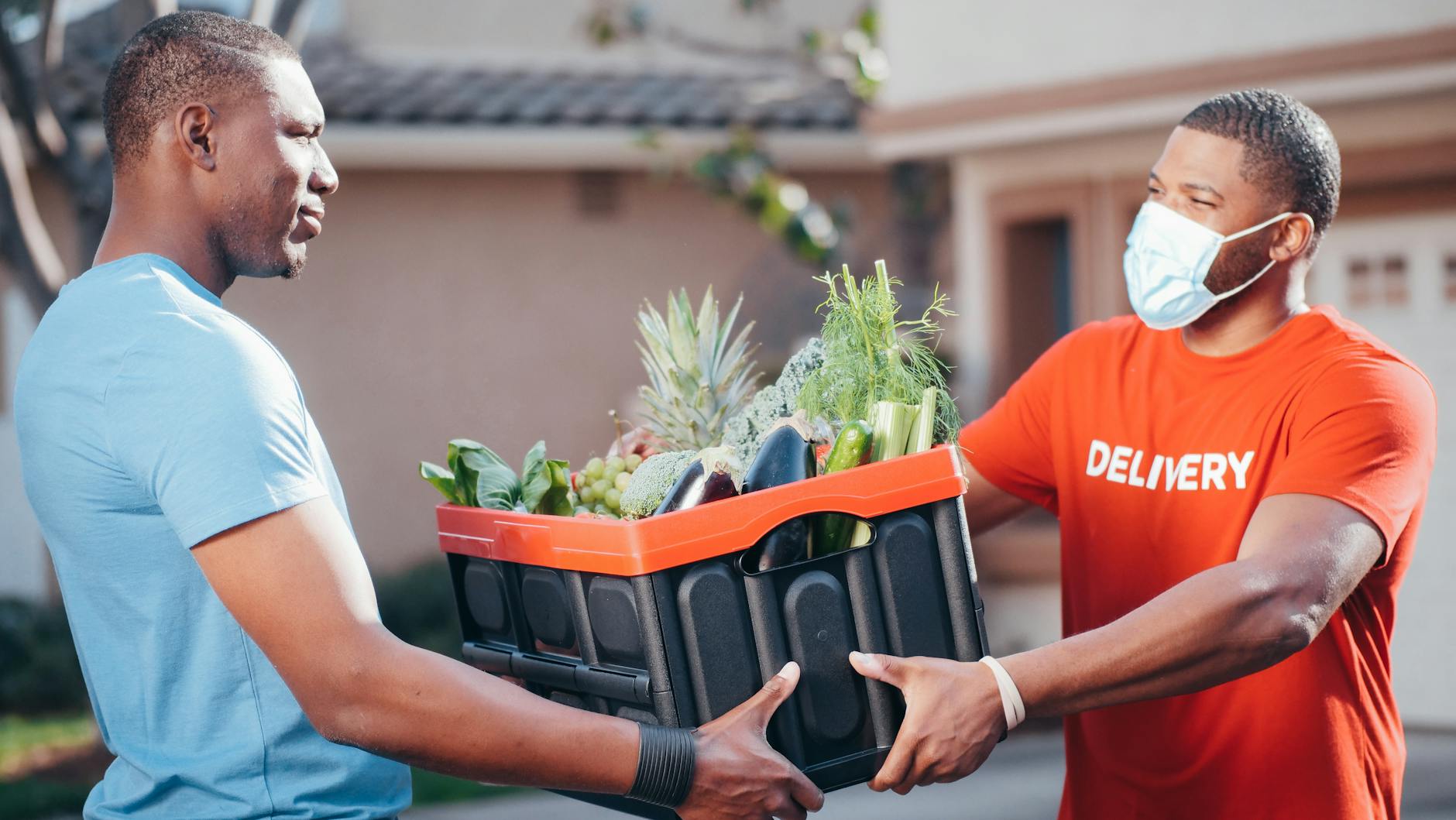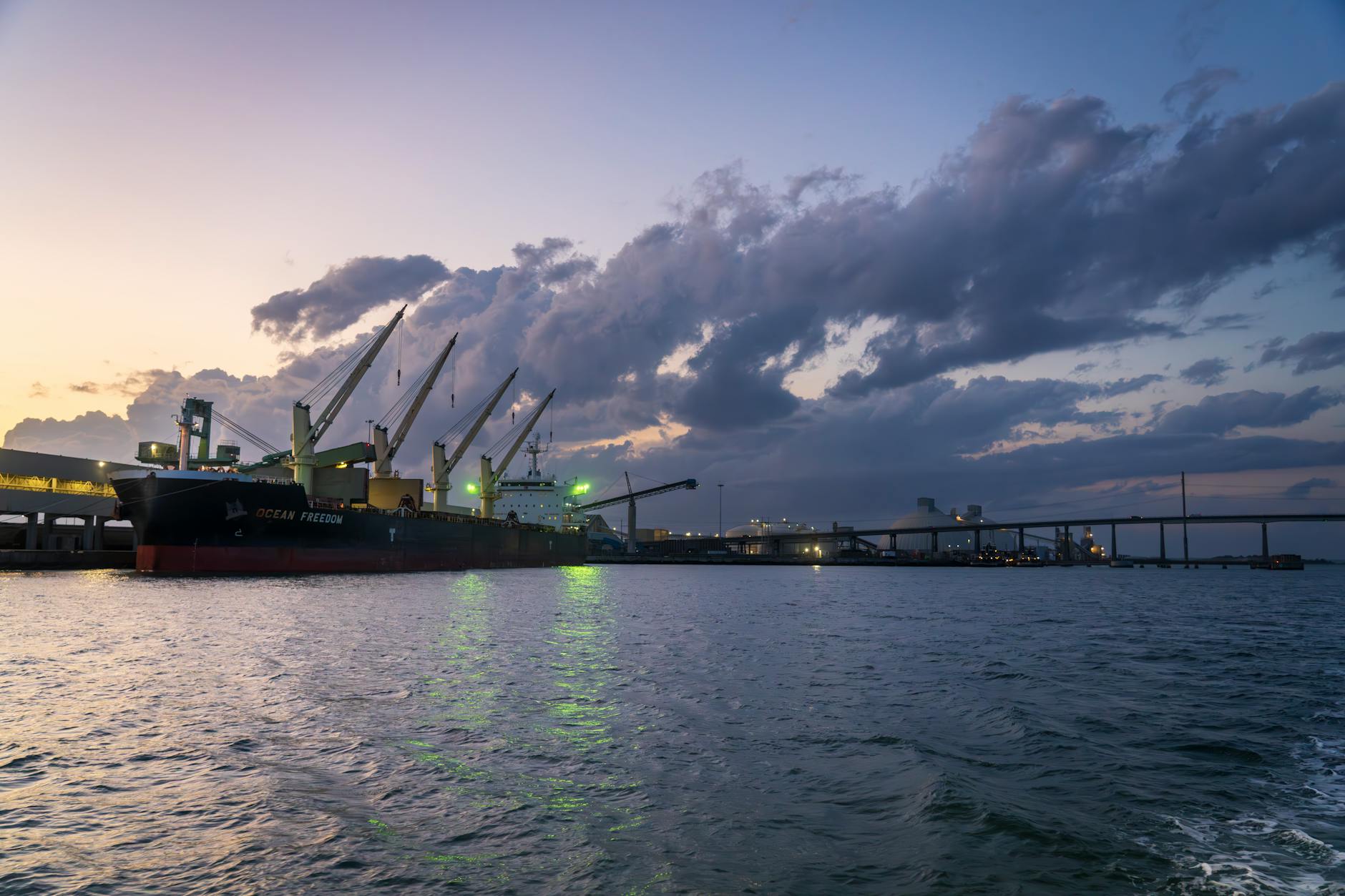Is Australia's Logistics Landscape Ready for Your E-commerce Expansion?

Evaluating the Current Logistics Scene
Understanding the logistics landscape in today’s e-commerce realm often feels akin to getting lost in Melbourne’s buzzing Queen Victoria Market. It's vibrant, energetic, and ever-evolving. As an innovative graphic designer peeking through the lens of logistics, I'm intrigued by how small businesses like mine can benefit from the bustling industry of 3PL logistics. Not only do these providers handle complex logistical tasks, they also ensure a seamless customer experience, which I find invaluable for maintaining those cherished personal connections with customers.
Growth Trends in E-commerce
When discussing e-commerce growth, it's important to note the shift towards digital shopping—consumers crave convenience. As a small business owner, harnessing this trend is crucial for expanding my artisanal crafts business globally. The beauty lies in 3PL options simplifying my order fulfilment, connecting me with potential global customers while keeping costs manageable.
Key Logistics Players
In the logistics ecosystem, identifying key players is pivotal. The industry giants provide the backbone of efficient distribution networks, enabling small businesses to flourish. Much like the artistic meeting points of Melbourne’s Federation Square, these logistics providers offer a hub of innovation and creativity—qualities that resonate with my business ethos.
Infrastructure Strengths and Gaps
Assessing infrastructure strengths and gaps reveals areas for improvement. While Australia’s logistics infrastructure supports bustling urban centres such as Melbourne CBD, rural regions remain challenging. Understanding these gaps helps me strategically plan my business growth, aligning with logistic strengths to overcome barriers.
Navigating the logistics scene means finding creative solutions amidst challenges, echoing the innovative spirit of Melbourne’s iconic laneways.
Assessing E-commerce Challenges
Complexity in Fulfillment
As a small business owner in Melbourne, navigating the complexities of e-commerce fulfilment can feel as vibrant and bustling as Queen Victoria Market. With the steady increase in online orders, managing the pick and pack process efficiently is crucial. This involves more than just assembling items into a package; it's about maintaining accuracy, speed, and a personal touch in every order you send out. Ensuring that each delivery meets your artistic standards requires a keen eye for detail and a strategic approach, akin to crafting the perfect artisanal piece.
Navigating Shipping Regulations
Understanding the intricacies of shipping regulations is like traversing the iconic laneways of Melbourne CBD—full of unexpected turns. Each destination comes with its own rules, from import duties to packaging standards, and overlooking them can lead to costly delays and customer dissatisfaction. To streamline this process, collaborating with a logistics partner familiar with international shipping regulations can be a game-changer, allowing you to focus on growing your creative endeavours.
Tackling Delivery Timelines
Meeting delivery expectations is another significant challenge, especially when expanding your reach beyond Australian shores. Customers value timely deliveries, and any hiccup in the process can impact their experience with your brand. A 3PL warehouse offers a solution by optimising your supply chain and ensuring that your products reach customers promptly. By integrating creative problem-solving with efficient logistics, you can maintain the trust and satisfaction of your global customer base without compromising your artistic passion.
Exploring 3PL Solutions
Understanding 3PL Basics
As I sip my morning coffee at a café just a stone's throw from Federation Square, I often find myself pondering how to scale an artisanal craft business without losing touch with what makes it special. Third-party logistics (3PL) services offer a promising solution for those who, like myself, are unfamiliar with logistics intricacies. Essentially, a 3PL Sydney provider acts as a middleman that handles fulfilment, warehousing, and shipping, allowing business owners to focus on their creative ambitions.
Benefits of 3PL Services
Engaging with a 3PL service can be transformative. Imagine freeing up mental and physical space to concentrate on crafting unique products. A 3PL partner can manage inventory and streamline the shipping process, leading to more efficient operations. This approach might also introduce cost savings; economies of scale gained through a 3PL can reduce shipping and storage costs significantly.
Finding the Right 3PL Partner
The bustling atmosphere of Queen Victoria Market reminds me of the importance of selecting a 3PL provider that understands my niche. It’s essential to choose a partner whose values align with your own and who offers flexible, scalable solutions. A 3PL based in a hub like Sydney can offer insights tailored to expanding not just locally but on a global scale, across different continents. By prioritising a shared vision and adaptable services, you maintain your unique flair while ensuring sustainable business growth.
Strategies for Smooth Expansion
Navigating the intricate world of ecommerce logistics requires creativity and adaptability, particularly for those focused on scaling their businesses. If you're aiming to enhance your customer experience, think of your logistics as an extension of your brand story. Consider options like personalised packaging or seamless tracking updates, ensuring that your customers feel a personal connection with every purchase they make.
To ensure scalability, draw inspiration from your vibrant environment. Just as the bustling energy of Melbourne’s Queen Victoria Market attracts diverse visitors, your logistics strategy should be equally flexible and inclusive. Opt for solutions that can accommodate growing order volumes without compromising service quality. Collaborating with logistics partners that understand your core values will make sure the spirit of your business remains intact as it grows.
Incorporating technology into your logistics approach doesn't have to be overwhelming. Visualise your operations as the creative process itself, where automation and smart inventory management can free up time for more artistic endeavours. Embracing these tools can simplify your operational tasks, allowing your creative side to flourish without the constant worry of back-end logistics.
In essence, the right strategies in ecommerce logistics can not only sustain but also propel your business forward, allowing the authentic artistry of your work to reach a broader audience.
Avoiding Common Mistakes
Acknowledging Regional Nuances
When considering expansion, understanding regional differences is crucial. Just like the vibrant, artsy corners of Federation Square reflect Melbourne's unique culture, each region boasts its distinct characteristics. It's a bit like comparing the bustling Queen Victoria Market to hidden gems in Melbourne's iconic laneways. Assume you’re launching in a different part of Australia; aligning with the tastes and expectations of that demographic is key. A strategic approach involves researching regional holidays, consumer behaviour, and even climate factors. Embrace the local culture to ensure your products resonate well.
Accurate Cost Analysis
It's easy to underestimate shipping costs, just like underestimating the complexity of a graphic design project. Capturing the essence of cost involves comprehensive financial planning—factor in fuel surcharges, custom packaging, and potential import taxes. Create a detailed budget to avoid unexpected expenses. Consider the entire supply chain and optimise to achieve the best possible margins. This process is akin to trying to capture Melbourne’s urban landscape in a single photograph; every angle must be accounted for, no matter how surprising.
Embracing Feedback
Ignoring customer feedback can significantly impact your branding. In the creative world, constructive criticism is gold. Similarly, brands thrive on customer insights, akin to an avant-garde artist evolving from feedback received at a bustling art show. Engage directly with customers, perhaps through social media surveys or feedback forms, to understand their needs better. Using this information effectively can guide your expansion strategy, ensuring that your offerings strike the right chord with your audience. This approach can turn potential pitfalls into pavement stones leading to success.


